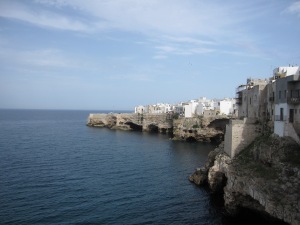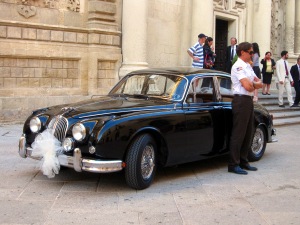May 2010
It’s the million-dollar question that everyone in my program has faced, yet no one seems to have a definitive answer. I have certainly given my 30-second elevator rendition of what gastronomy is (“Well er, it’s not cooking school, it’s sort of about the analysis of food’s role in the world…”), but I still have niggling doubts over whether I am simply talking out of my ass. Which is why I was secretly relieved when we had a seminar on gastronomy and its meaning.
Where do we begin? The English Wikipedia article on gastronomy begins with a broad definition, stating simply that “gastronomy is the study of the relationship between culture and food.” This begs the question of what is culture, but at least it provides a viable starting point for analyzing the breadth of gastronomy. On the other hand, the French Wikipedia article on gastronomy begins with the definition established by the Académie Française, which suggests that gastronomy is the set of social rules that define l’art de faire bonne chère, or the art of giving good cheer. Hmm, that isn’t nearly as engaging a subject.
Then, we launched into a discussion of food porn. Everyone in the class had heard of the phrase, but no one was brave enough to offer a definition. So, we paused to consider the characteristics of sexual pornography. This is definitely a subject befitting serious schoolars, because after all, even the Supreme Court has ruminated over the difference between obscene pornography and art. After some discussion, we decided that porn has many facets, but is generally in some way exploitative, features an idealized representation, and allows for distanced or vicarious enjoyment of the subject. In the same fashion, food porn offers an idealized portrayal of food held at a distance from the viewer. Though perhaps the tomato is not being exploited in the same way that actors in a porn film are.
[youtube=http://www.youtube.com/watch?v=jZVAqNuFXIQ&hl=en_US&fs=1&]
Hmm, I’m not sure if I am any more enlightened than when I started, so I’m just going to sit on this for the next year or so…
Continue reading What the Hell is Gastronomy, Anyway?








